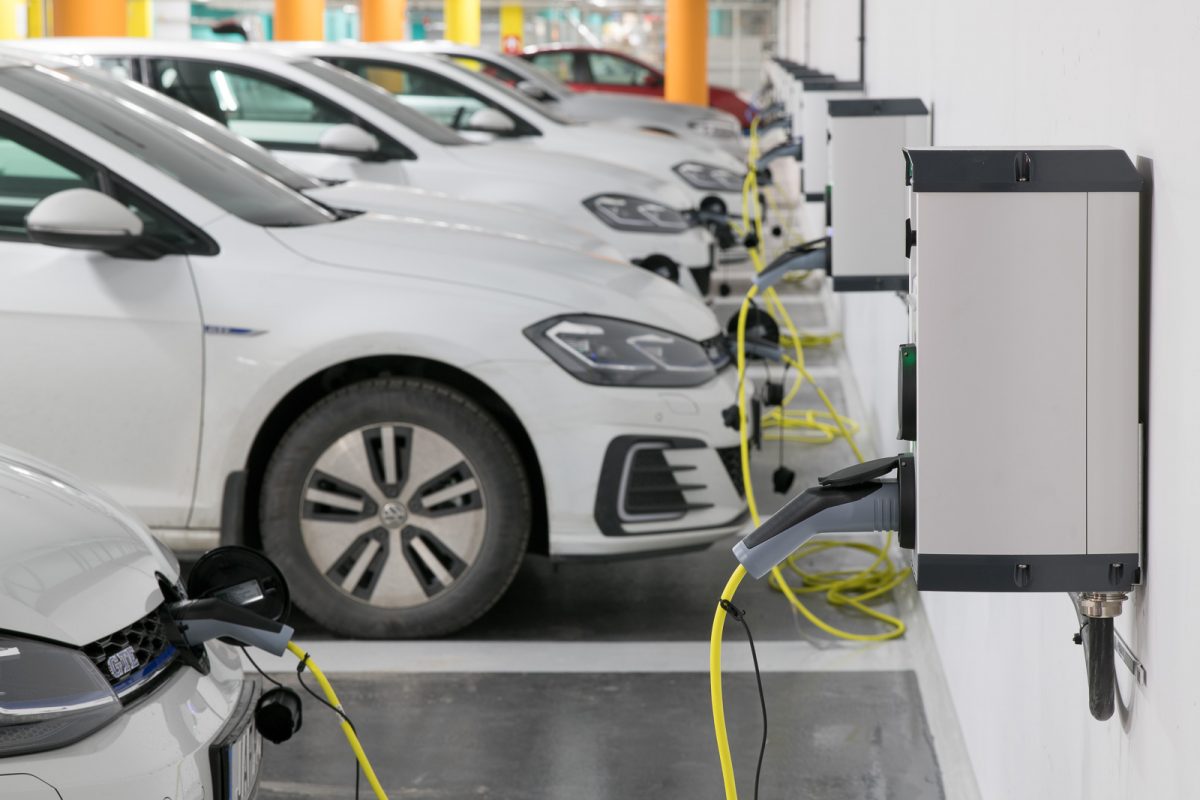
Jun 29, 2020
EV charging infrastructure: a growing part of the electricity system
While total car sales dropped in many countries already in 2019, and even more in the first part of 2020, electric cars sold better. The global market size and most market shares indeed grew for electric vehicles.
There is no doubt the electrification of road transport is accelerating, stimulating a fast development of the charging infrastructure. According to the International Energy Agency (IEA), the number of publicly available chargers grew by 60% during 2019.
Induced by a desire to reduce urban air pollution and green house gas emissions, there is political support for spreading charging infrastructure. This support may be implemented by a public tendering process such as the recent example from Germany, inviting tenders for 1000 charging sites, or by compulsory conversion of fuel stations as proposed in Amsterdam .
But Europe has much to do if it is to catch up with China. The latter has more than 80% of all public fast chargers worldwide, the IEA notes, and more than half of the slow ones. Bloomberg sees a dramatic growth ahead and suggests a need of 100 billion dollars of investments in the coming two decades.
But there is also many who are willing to invest in early in order to build market shares that will result in long-term customers. IEA projects that electric vehicles will demand about 5% of current global electricity consumption by 2030. So there are interested electric power companies as well as traditional fuel distributors investing.
Charging vehicles will add the need to produce the power demanded at the right moment in time, and to transmit this power to where the vehicles are charged. If demand is not influenced by the difference in the cost of generation with time, it will create significant capital cost of the infrastructure. But as the IEA points out, the vehicle batteries may also be integrated. This allows ”vehicle-to-grid” supply in an efficient electricity market in a way that reduces cost.
Bloomberg also presents the idea that charging companies may operate local renewable electricity plants and stationary storage that supply chargers in a competitive way.
No doubt, the development of EV charging infrastructure will be an interesting business in the coming decade!
Photo Credit: CaCharge
More EBA250 news
The European Battery Alliance (EBA) welcomes the European Commission’s swift decision to award €852…
Last week, the European Commission published the Clean Industrial Deal State Aid Framework (CISAF),…
We are pleased to welcome Emma Nehrenheim as new Managing Director of the European…
As Europe’s battery cell manufacturers face increasing competitive pressure, EBA250 remains actively engaged in…
InnoEnergy, the driving force behind the EBA250 initiative, introduces today its new brand identity,…
The new EU-funded facility will enhance global raw materials partnerships and access to Critical…
Last week, InnoEnergy and EBA250 represented the battery value chain in Brussels alongside Verkor…
ElevenEs, a European LFP lithium-ion battery manufacturer, has signed a Joint Development Agreement with…
The European battery industry has come a long way since the launch of the…
The 2024 Innovation Fund calls for proposals have been launched this week, with a…







